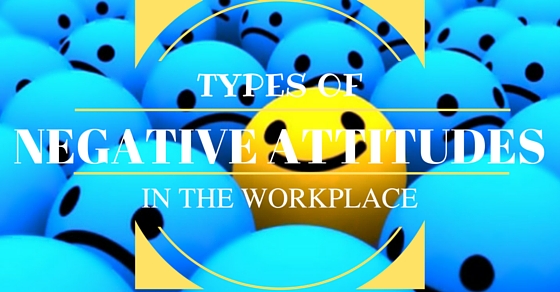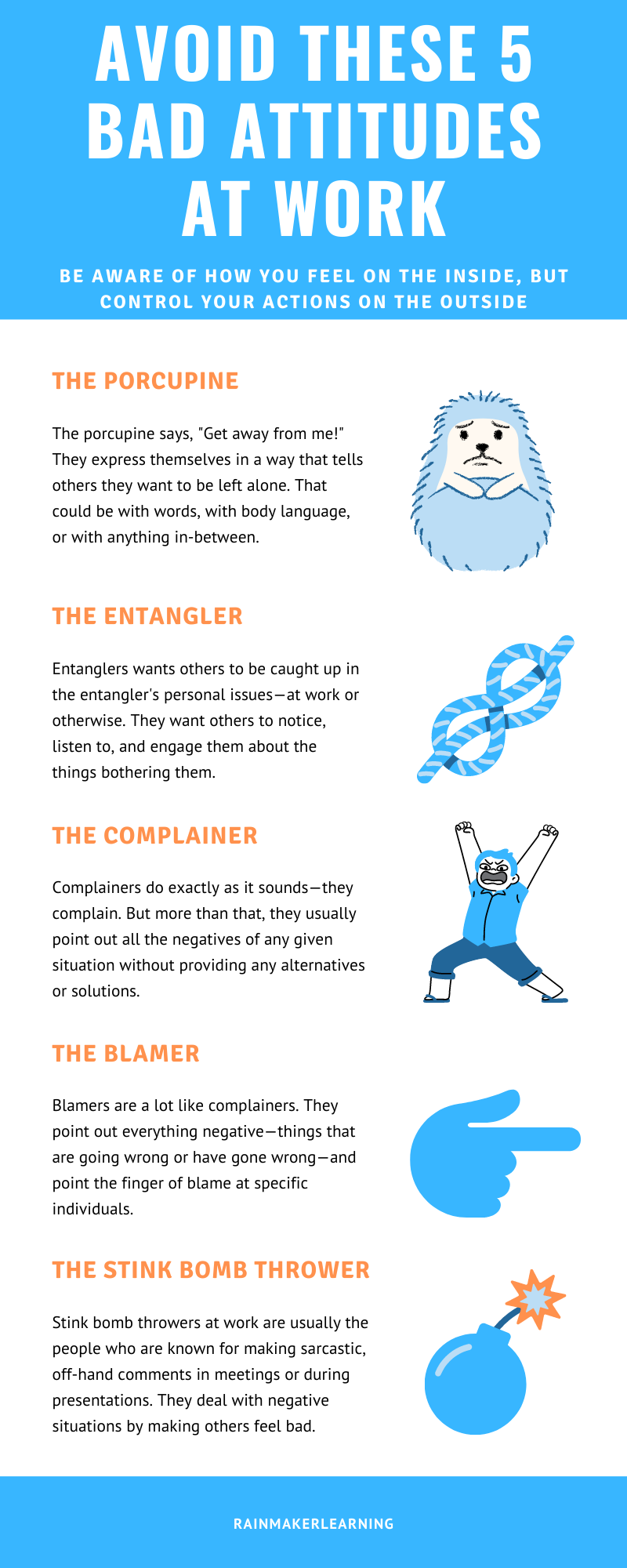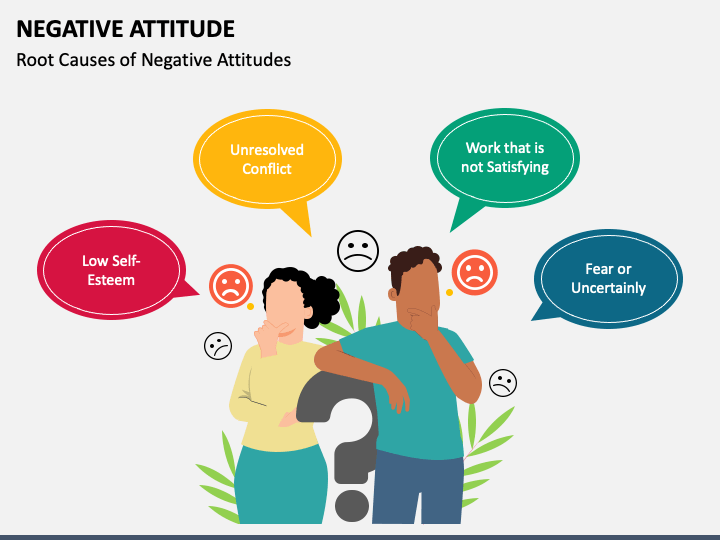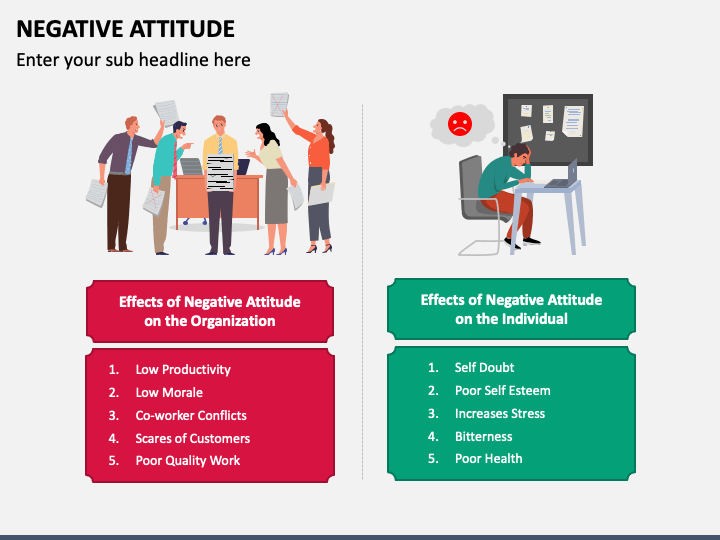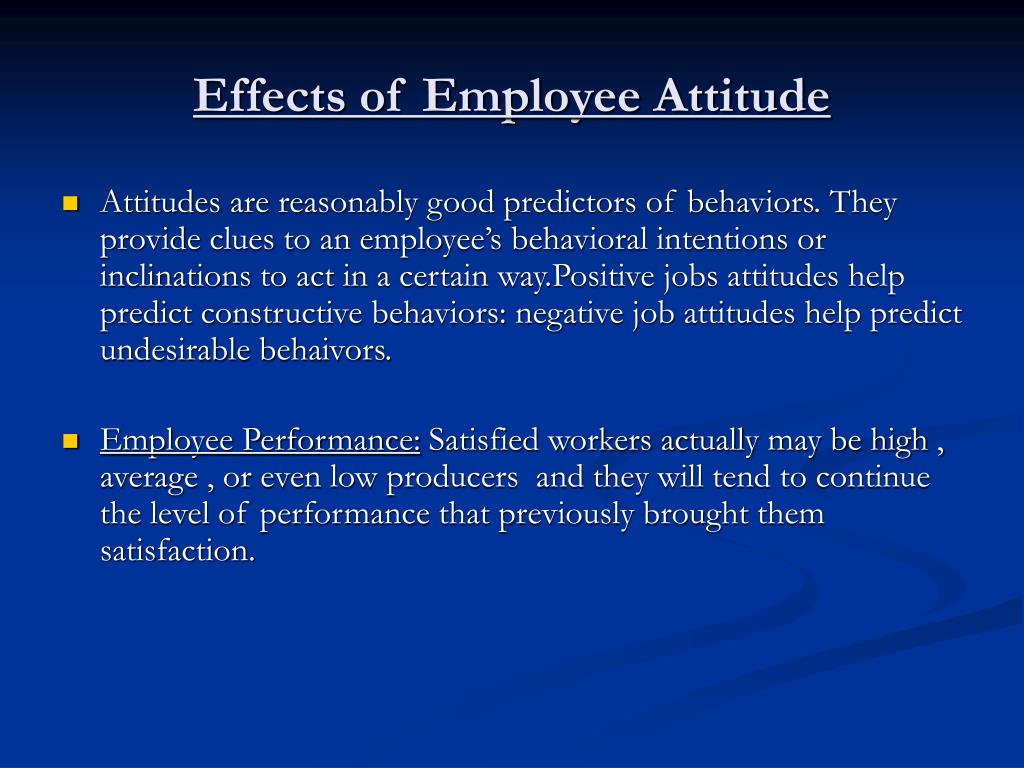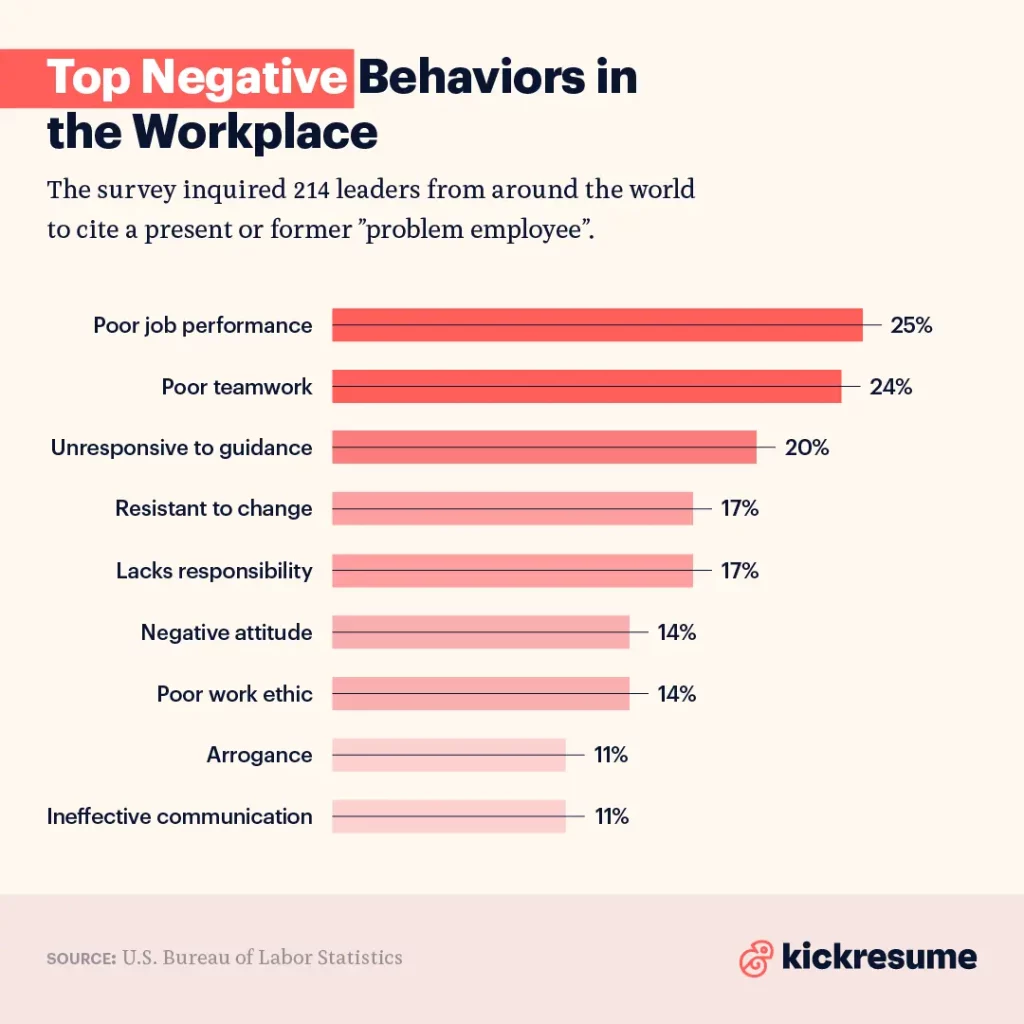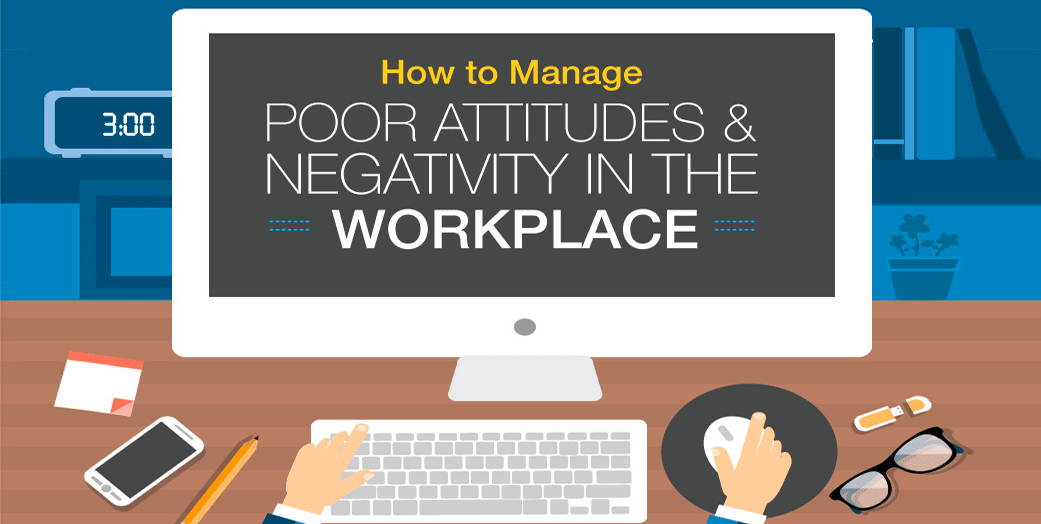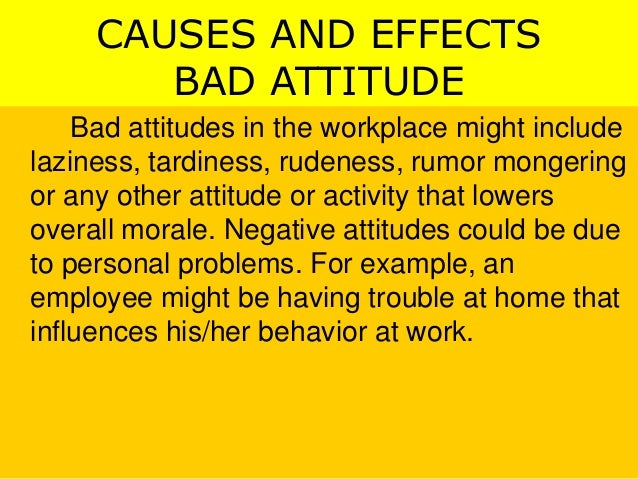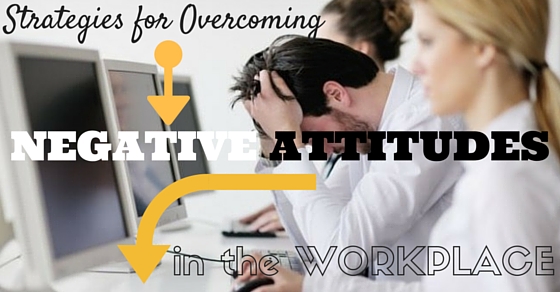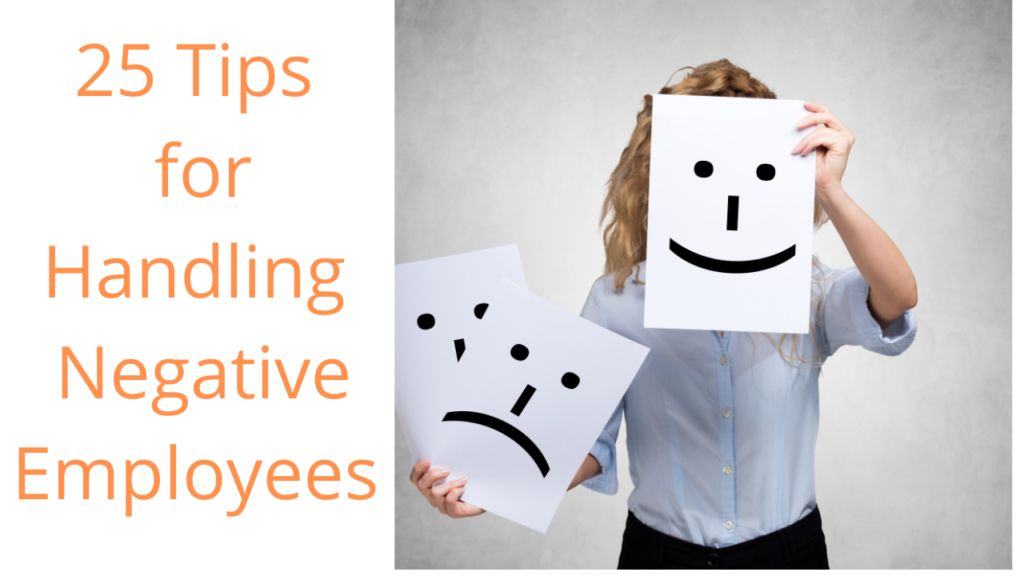Effects Of Negative Attitude In The Workplace

Workplace negativity is silently eroding productivity and profitability nationwide, with new data revealing its pervasive and costly impact. A toxic attitude isn't just an annoyance; it's a business liability demanding immediate attention.
The High Cost of Workplace Pessimism
The impact of negative attitudes in the workplace is far-reaching. Experts warn that unchecked negativity can lead to decreased morale, higher employee turnover, and a significant drop in overall productivity.
Gallup's recent poll indicated that actively disengaged employees, often fueled by negativity, cost the U.S. economy an estimated $450-$550 billion annually in lost productivity.
Spreading Like Wildfire: How Negativity Impacts Teams
Negativity doesn't stay contained. It spreads through teams, contaminating collaboration and innovation.
Research from the University of Michigan's Ross School of Business found that exposure to negative attitudes can decrease team performance by as much as 30%.
This is because negative individuals often foster a climate of fear and distrust, making team members hesitant to share ideas or take risks.
Key Culprits: Identifying Sources of Negativity
Understanding the source of negativity is crucial to addressing it effectively. Common culprits include poor management, lack of recognition, and unresolved conflicts.
A survey conducted by SHRM (Society for Human Resource Management) revealed that 58% of employees cited poor management as a major contributor to workplace negativity.
Other factors include inadequate communication, unfair treatment, and a general lack of employee engagement.
The Domino Effect: Turnover and Absenteeism
A negative work environment significantly increases employee turnover. Nobody wants to stay where they're unhappy.
The Work Institute's 2023 Retention Report indicated that toxic company culture is a leading driver of employee resignations, costing businesses billions in replacement costs.
Furthermore, negativity is linked to increased absenteeism, as employees seek to avoid unpleasant or stressful situations.
Combatting the Crisis: Strategies for Positive Change
Addressing workplace negativity requires a proactive and multifaceted approach. Leadership must take the lead in fostering a positive and supportive environment.
Dr. Emily Carter, a leading organizational psychologist, emphasizes the importance of open communication, regular feedback, and recognition of employee contributions.
"Creating a culture where employees feel valued and respected is paramount," she states. "This includes addressing conflicts promptly and fairly, providing opportunities for growth and development, and fostering a sense of belonging."
Immediate Action Items for Employers
Employers should implement the following measures to combat negativity:
- Conduct regular employee surveys to gauge morale and identify areas of concern.
- Provide training to managers on effective communication and conflict resolution skills.
- Implement a recognition program to reward positive behavior and contributions.
- Foster a culture of open communication and transparency.
Moving Forward: Prioritizing Employee Well-being
The fight against workplace negativity is an ongoing process. Companies that prioritize employee well-being will reap the rewards of increased productivity, lower turnover, and a more engaged workforce.
Failure to address this issue will continue to drain company resources and hinder long-term success. The time to act is now.



